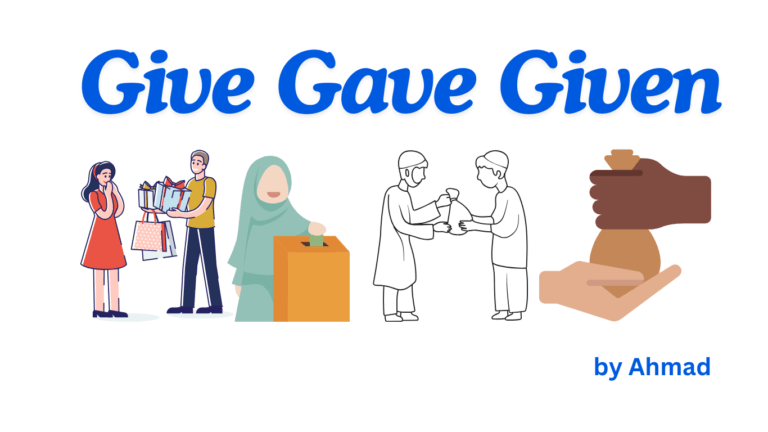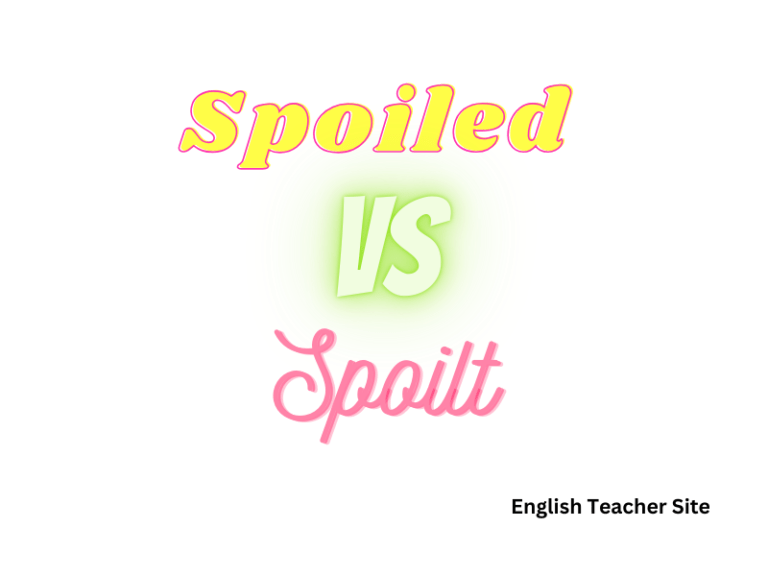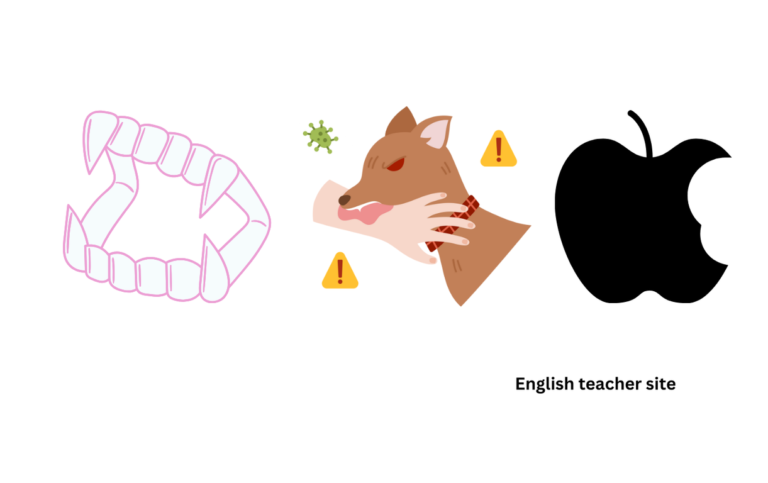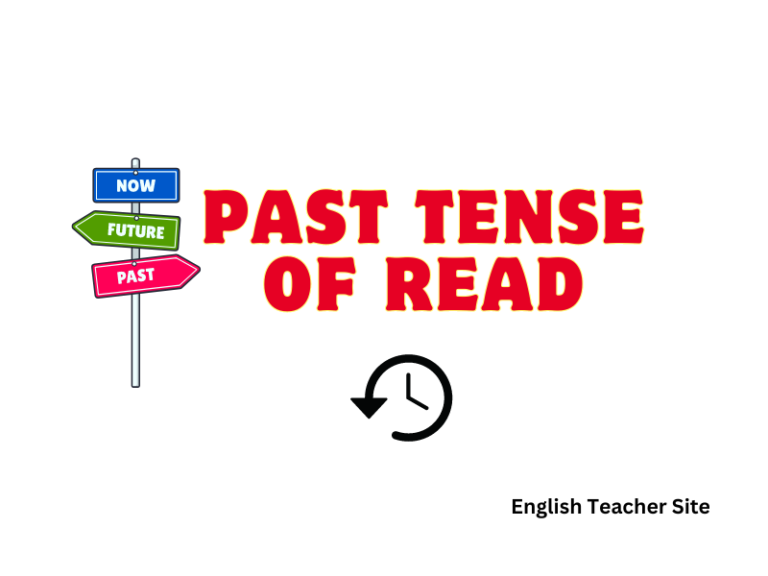What Is the Verb “To Be”: Explaining English Grammar Fundamentals

- The verb “to be” is integral for expressing existence, states, and conditions in English.
- It changes form to fit different tenses and contexts, including “am,” “is,” “are,” “was,” “were,” “being,” and “been.”
- This verb is versatile, functioning as both the main verb and an auxiliary verb in various expressions.
The verb “to be” is one of the most essential and frequently used verbs in the English language. Serving as a foundational component of English grammar, it functions as a main verb and an auxiliary verb, establishing a link between the subject and the predicate of a sentence. The significance of this verb extends beyond its simple appearance, as it acts as a crucial tool for expressing existence, states, and conditions.
Key Takeaways
- The verb “to be” is integral for expressing existence, states, and conditions in English.
- It changes form to fit different tenses and contexts, including “am,” “is,” “are,” “was,” “were,” “being,” and “been.”
- This verb is versatile, functioning as both the main verb and an auxiliary verb in various expressions.
What is the verb to be?
The verb “to be” is one of the most fundamental components of English grammar, serving as an auxiliary and a main verb that denotes existence or a state of being.
Definition of “To Be”
“To be” is an irregular verb that changes form depending on the subject and tense. It has various forms like am, is, are, was, were, being, been, and the base form be. For example, these forms appear in the sentences “She is happy” and “They have been friends for years”.
Defining the Verb
Primarily, the verb “to be” indicates a state of existence or identity. It can also function as an auxiliary verb to form continuous tenses like “He is running” or perfect tenses such as “They have been waiting”. It plays a critical role in constructing sentences and relaying nuances of meaning.
Forms of “To Be”
The verb “to be” is one of the most fundamental in the English language, serving as a mainstay for constructing sentences across various tenses.
Identifying Variations
In the context of English grammar, “to be” is recognized as an irregular verb. Unlike regular verbs, its various forms do not adhere to a standard pattern of conjugation. The forms of “to be” include:
- Present Simple: am, is, are
These versions of the verb express a state of being in the present tense.
- Simple Past Tense: was, were
These past forms imply a condition or existence in the past.
- Present Participle: being
Utilized primarily in continuous tense constructions, it indicates ongoing action.
- Past Participle: been
This form is often used in perfect tenses to denote completed actions.
The conjugation of “to be” across different tenses is outlined below:
| Tense | Conjugation |
|---|---|
| Simple Present Tense | am, is, are |
| Simple Past Tense | was, were |
| Present Continuous | am/is/are being |
| Past Continuous | was/were being |
| Present Perfect | have/has been |
| Past Perfect | had been |
| Simple Future Tense | will be |
| Present Perfect Continuous | have/has been being |
| Past Perfect Continuous | had been being |
| Future Continuous | will be being |
| Future Perfect | will have been |
The imperative form of “to be,” which is commonly used to issue commands or requests, is simply “be,” as is also the case with the infinitive form.
“To be” serves multiple functions in English, acting as an auxiliary verb for continuous and perfect constructions, as well as a main verb conveying existence or states of being. Its inflected forms adapt to express questions, negative statements, and passive voice sentences, making the mastery of its conjugation essential for competent communication in English.
Present Tense of “To Be”
The present tense of “to be” serves as a fundamental building block in English grammar, primarily for illustrating current states and conditions.
Describing Current States
“To be” in the present tense is utilized to describe a person’s age, feelings, or characteristics, as well as to relay facts and situations that are true in the present moment. The three main conjugations of this verb—am, is, and are—align with different subjects:
- I am (often contracted to I’m)
- He/She/It is (often contracted to he’s, she’s, or it’s)
- You/We/They are (often contracted to you’re, we’re, or they’re)
For instance, these conjugations can be seen in simple sentences:
- I am happy.
- He is a teacher.
- They are on vacation.
Past Tense of “To Be”
When discussing the past tense of “to be,” it primarily involves two forms: “was” and “were,” which express a state of being, occurrence, or existence that took place in the past.
Expressing Previous States
The past tense of “to be” acts as a linking verb, connecting the subject of a sentence to its complement, which can be a noun phrase, adjective, or prepositional phrase. This verb is essential in English for both indicating a past state of being and forming the past continuous aspect when combined with the present participle of main verbs.
Here’s a simple demonstration to show the conjugation based on the person (first, second, third) and number (singular, plural):
- First person singular: I was
- Second person singular: You were
- Third person singular: He/She/It was
- First person plural: We were
- Second person plural: You were
- Third person plural: They were
The usage of “was” and “were” not only conveys a completed action or existence but can also be used as auxiliary verbs in the passive voice or past progressive tense, as in “The cake was being eaten.” or “The neighbor was seen yesterday.”
When forming questions in the past tense, the structure typically flips, placing the verb before the subject, such as in “Were you at the party?” or “Was she happy with the gift?” Moreover, the past tense of “to be” can also denote an obligation or a state that has since changed, and is critical for establishing subject-verb agreement in past-tense sentences.
Future Tense of “To Be”
In English, the future tense of the verb “to be” is used to describe something that will occur or be a state of being at a later time. It is formed using “will be” for all subjects (I, you, he, she, it, we, they).
Projecting Future States
To project a future state of being, the construction “will be” is invariably used, followed by the noun, adjective, or noun phrase that describes the future state. For instance:
- He will be a doctor.
- They will be tall.
- It will be ready.
The verb “to be” serves as an essential element in the structure of future continuous tense as well, which is used for actions that will be ongoing at a particular time in the future. Here, “will be” is paired with the present participle (-ing form) of another verb. For example:
- She will be running in the marathon tomorrow.
- We will be traveling to Europe next year.
Continuous Forms of “To Be”
The continuous forms of “to be” operate as auxiliary verbs that help indicate actions in progress.
Emphasizing Ongoing Actions
In English grammar, continuous tenses demonstrate actions that are currently unfolding or were unfolding at a particular point in the past. “To be” verbs in the continuous form pair with the present participle (the -ing form) of the main verb. They are essential for constructing these tenses, as they help to convey the temporal aspect of the verb’s action—namely, its ongoing nature.
For example:
- Present Continuous: I am running.
- Past Continuous: They were watching.
- Future Continuous: She will be staying.
Each variant of “to be” adjusts the sentence to match the subject and tense, allowing for clear communication that an action is or was in progress.
Examples of “To Be” in Sentences
The verb “to be” is a fundamental part of English grammar and acts as a main verb or an auxiliary. Here are varied instances of its usage in sentences:
Affirmative Sentences:
- He is happy.
- They are playing basketball.
- The cake is delicious.
Negative Sentences:
- She is not ready.
- It isn’t raining today.
- They aren’t coming to the party.
Interrogative Sentences:
- Is he your brother?
- Are you going to the concert?
- Was the movie interesting?
Past Simple:
- She was a teacher.
- We were friends.
Future Constructions:
- He will be arriving soon.
- They will be working late.
The verb also pairs with modal verbs to express probability, obligation, or possibility:
- You should be more careful.
- They might be late.
In continuous tenses, “to be” acts as an auxiliary verb:
- She is swimming.
- They were watching a movie.
Common Phrases with “To Be”
Here’s a brief overview of common phrases that incorporate the “to be” verb.
Existential Use: To indicate existence.
- Example: There is a book on the table.
Descriptive Use: To describe a state or characteristic.
- Example: She is intelligent.
Location: To specify a location.
- Example: They are at the park.
Auxiliary Use: As an auxiliary verb to form continuous tenses and passive voice.
- Example (Continuous): He is walking.
- Example (Passive): The song was sung by her.
Idiomatic Expressions: Embedded in various idiomatic expressions.
- Example: He’s about to leave. (Grammarly Blog)
- Example: They were off the mark. (English Lessons Brighton)
These examples demonstrate the versatility of “to be” in constructing meaningful and complex statements. Its role extends beyond a simple linking verb, often acting as the backbone in an array of linguistic structures.
Source
My name is Khamis Maiouf. I am the creator of the English Teacher Site, dedicated to providing valuable resources and insights for students around the world. With a passion for education and a commitment to helping students enhance their skills, I aim to make English teaching more effective and enjoyable for both educators and students.






